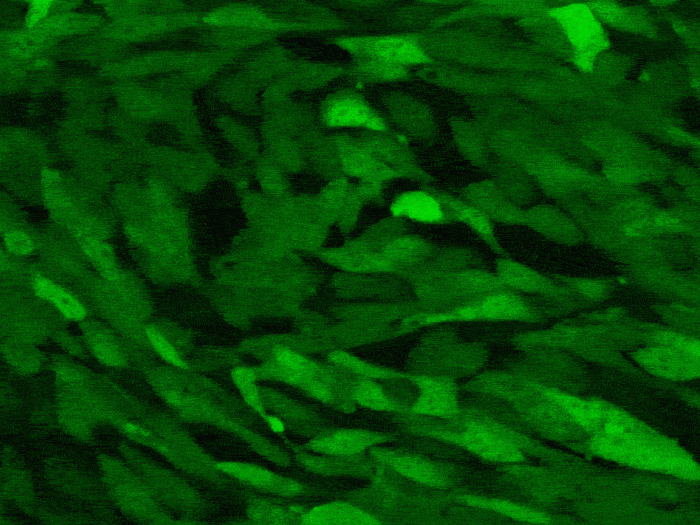Several health issues tied to liver disease can be managed or treated before they lead to cirrhosis or cancer. A Michigan Medicine liver specialist explains the connection.
7:00 AM
Author |

Liver cancer diagnoses have more than tripled in the United States since 1980.
MORE FROM MICHIGAN: Sign up for our weekly newsletter
The culprit? A perfect storm of treatable factors, one Michigan Medicine specialist says.
The prevalence of hepatitis C in baby boomers — as well as spiking rates of obesity, diabetes and high cholesterol among all ages — is responsible, says Neehar Parikh, M.D., M.S., a clinical lecturer and medical director of the University of Michigan Comprehensive Cancer Center's Liver Tumor Program.
Many boomers don't know they have hepatitis C because screenings of donated blood and organs were not available until 1992.
And a rise in the latter health conditions, Parikh notes, is linked to an uptick in nonalcoholic fatty liver disease, or NAFLD, an accumulation of excess fat in the liver.
"These two trends have come to a head in the United States, so we're seeing more liver cancer as a result," he says.
Fortunately, hepatitis C and NAFLD have promising outcomes if caught early, before they can advance to cirrhosis or liver cancer.
Silent risks of liver disease
Hepatitis C is a curable virus that spreads when people share blood — through the use of infected needles to inject illicit drugs, during sex or, although rare, during childbirth.
It kills more people in the United States than any other infectious disease, according to the Centers for Disease Control and Prevention.
But because symptoms seldom emerge in hepatitis C and NAFLD, patients may go undiagnosed for several decades. By then, scarring of the liver or cirrhosis may have occurred, which can lead to complications including liver cancer. Meanwhile, Parikh's recent research has found that as the nation's obesity rates rise, the number of patients with NAFLD-related liver disease and liver cancer is increasing rapidly.
Prevention of chronic liver disease: lifesaving knowledge
The two main types of liver cancer, in which the cancer begins in the liver cells themselves rather than spreading to the liver, are hepatocellular carcinoma (also called hepatoma, or HCC) and bile duct cancer, or cholangiocarcinoma.
SEE ALSO: How to Have a Healthy Liver
"These are highly morbid cancers we're talking about," Parikh says.
But, he adds, they don't have to be: "Awareness about the underlying conditions is the key."
That requires patients to be proactive.
"Ask for a hepatitis C screening from your primary care doctor if you are a baby boomer, were a drug user or partook in other risky behaviors," Parikh says. "Or ask to have a liver panel drawn if you have one of the diseases to which NAFLD is linked, like obesity or diabetes.
"With better recognition of chronic liver disease, we can prevent these liver cancer numbers from further increasing."
To make an appointment with Michigan Medicine's liver clinic, call 844-233-0433.

Explore a variety of healthcare news & stories by visiting the Health Lab home page for more articles.

Department of Communication at Michigan Medicine
Want top health & research news weekly? Sign up for Health Lab’s newsletters today!





